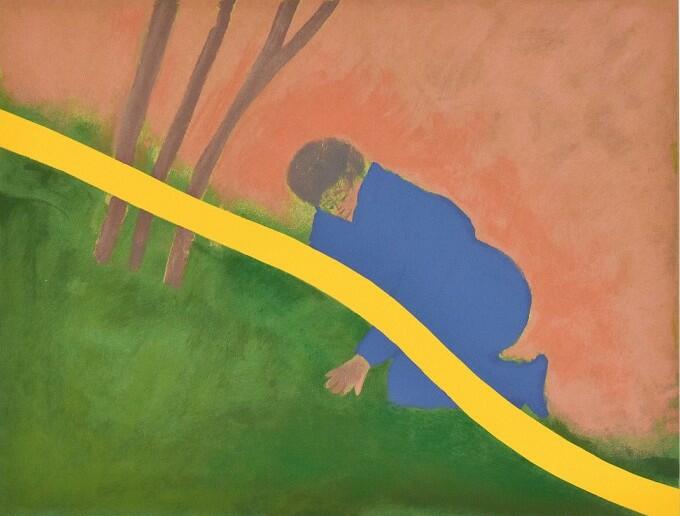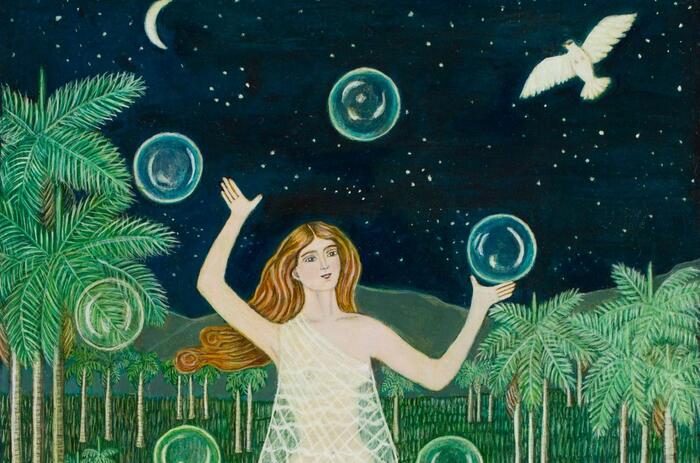DE PONT MUSEUM ACQUIRES WORKS BY COLOMBIAN ARTIST BEATRIZ GONZÁLEZ
The De Pont Museum in the Netherlands has acquired an assemble of works by González, seminal figure in Latin American art. The works address the themes of migration, disappearance and collective grief.

De Pont’s Director, Martijn Van Nieuwenhuyzen, has shared: “Since I first visited Beatriz González at her studio in Bogotá in 2016, her work has continued to captivate me. In her paintings, drawings, prints and furniture, she comments on the political and social issues in her country and keeps alive memories of events that remain concealed in the official record of history. González's images become etched in one's memory. I find it exceptional that the museum has been able to acquire this group of works during a nearly two-year dialogue with the artist. The works now coming to De Pont are among the key pieces produced by González over the past twenty years. This is a welcome expansion of the collection that broadens our outlook on art from Europe and the United States.”
Acquired works:
One of the works acquired by the museum is Cargueros de Bucaramanga (2006), a painted textile frieze, eight meters in length. With this work the artist makes palpable in a silent and incisive way, the violence in Colombia, represented by the image of cargueros (carriers) and their procession with the lifeless bodies of their countrymen, hanging from long sticks held on their shoulders. Faded black silhouettes can be seen in the darkness of the road and then transform into white cutouts as the journey progresses.
Beatriz González (Bucaramanga, Colombia, 1932) is considered one of the most influential artists in Colombia. She has also been a researcher, curator and teacher; a keen observer of her surroundings, which she represents with her own style. Her works, mostly paintings, but also engravings, drawings and installations, have as their protagonist "Lo colombiano" (what is Colombian), with all the complexities and contradictions that this term can include. The artist has pointed out the aftertaste of the political class, the diverse nature of popular culture and, with a deep empathy for the victims, the atrocities of the armed conflict.







